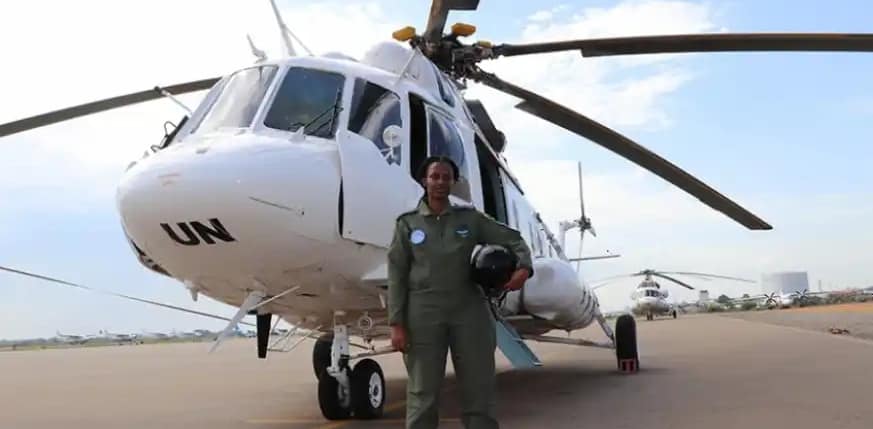Last updated on September 11th, 2021 at 02:47 pm
Rwanda’s relationship with international peace keeping efforts is a mixed bag. During this period of the year in Rwanda, UN peacekeepers conjures up memories that many would like to forget.
When the liberation war began on October 1, 1990, the Rwandan government forces suffered serious setbacks one after another.
Even the reinforcements from Mobutu’s Zaire and France could do nothing to turn the tables.
The government soon realized that its only face-saving way out lay with direct negotiations with the Rwanda Patriotic Front (RPF).
In 1993 both sides reached the historic Arusha Peace Agreement that culminated in the creation of the United Nations Assistance Mission to Rwanda (UNAMIR).
Like most UN operations, UNAMIR was one big ineffective and powerless body.
They were more or less acting as observers since they entered into the theatre of operations with empty hands.
They were not deployed under Chapter Seven which calls for the use of force to protect the civilian population.
No wonder when the Genocide erupted, the UN forces pulled out save for a handful of soldiers who just stood by as Tutsi were slaughtered.
With that painful past experience with peace keeping, Rwanda learnt an important lesson; how to properly carry out peacekeeping operations by prioritizing the civilians’ safety, For the last 15 years, wherever they have been deployed whether in both Sudans, Haiti or the Central African Republic, they have left behind a sound reputation.
They have shown that peacekeeping is not a vacation complete with expensive SUV.
(TheNewsTime)

